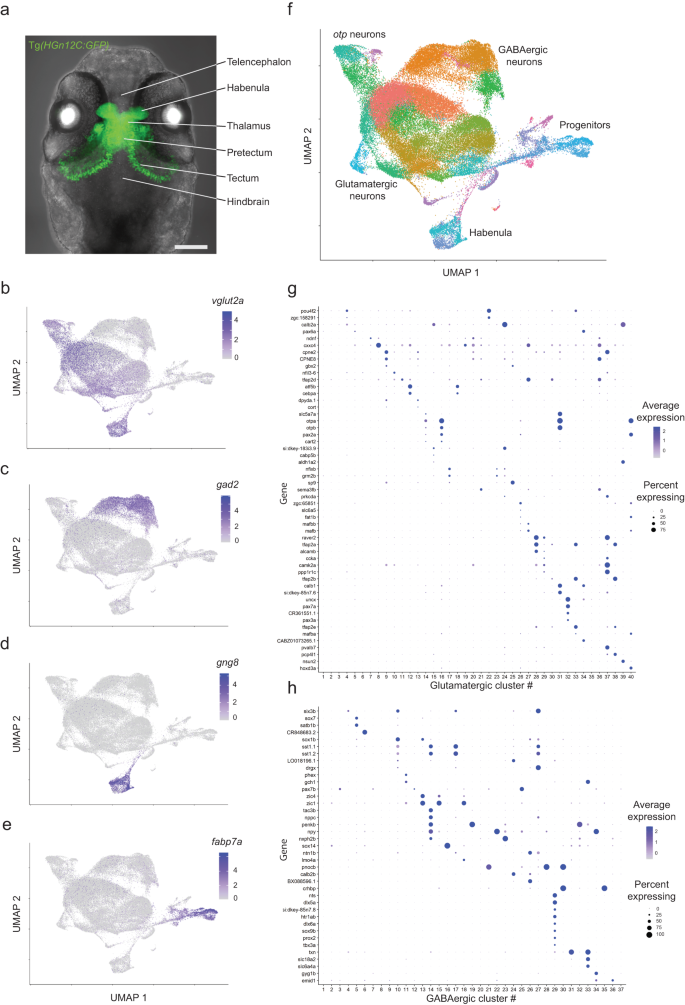2023-09-27 バース大学
◆アルファシヌクレインは、脳細胞に存在するタンパク質で、神経変性疾患と関連しています。この研究により、アルファシヌクレインの誤った折りたたみを防ぎ、疾患の進行を遅らせる可能性のある新薬の開発に新たな道が開かれました。現在のパーキンソン病の治療法は症状のみを対処し、疾患の進行を遅らせる効果は限られています。この研究は、症状が現れる前の初期段階でアルファシヌクレインの誤った折りたたみをブロックする可能性を示唆しており、新薬の設計に活用できるテンプレートとなるペプチドの潜在能力を示しています。
<関連情報>
- https://www.bath.ac.uk/announcements/anti-tangle-molecule-could-aid-search-for-new-dementia-treatments-say-scientists/
- https://www.sciencedirect.com/science/article/pii/S266638642300365X?via%3Dihub
N末端αシヌクレイン断片が脂質小胞と結合し、脂質誘導性凝集を調節する。 An N-terminal alpha-synuclein fragment binds lipid vesicles to modulate lipid-induced aggregation
Richard M. Meade, Scott G. Allen, Christopher Williams, T.M. Simon Tang, Matthew P. Crump, Jody M. Mason
Cell Reports Physical Science Published: August 24, 2023
DOI:https://doi.org/10.1016/j.xcrp.2023.101563

Highlights
•α-Synuclein misfolding is associated with numerous neurodegenerative diseases
•The first 25 residues (αS1–25) represent a suitable template for inhibitor design
•αS1–25 binds lipids and prevent αS binding in a dose-dependent manner
•These findings present a potential mechanistic route for therapeutic intervention
Summary
Misfolding and aggregation of alpha-synuclein (αS) into toxic conformations is involved in numerous neurodegenerative diseases. In Parkinson’s disease (PD), this occurs within dopaminergic neurons, causing cell death and disease symptoms. During αS aggregation, many protein-protein interactions (PPIs) form over broad and flat protein surfaces, limiting potential for small-molecule intervention. Peptides, however, harbor great therapeutic promise since they can selectively engage with and modulate the large surface areas involved yet are small enough to function as druggable agents if suitably structured. Here, we explore the first 25 residues of αS (αS1–25) as a template for peptide-based αS aggregation antagonists. We report that αS1–25 inhibits lipid-induced αS aggregation in a dose-dependent manner. αS1–25 functions by binding to lipids to prevent αS binding, with both αS and peptide requiring lipid for inhibition to occur. These findings present a potential mechanistic route for the treatment or prevention of PD.


